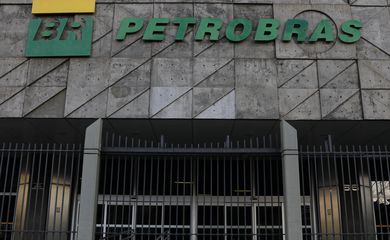Petrobras sends drillship to Equatorial Margin to resume exploration

Petrobras announced Wednesday (Dec. 6) it has sent a drillship to resume exploration of the Brazilian Equatorial Margin—a stretch of coastline from Rio Grande do Norte to Amapá. The vessel will drill the Pitu Oeste well, in the Potiguar Basin.

The drillship left Rio de Janeiro Tuesday (5) and should start drilling later this month. The work is expected to last three to five months.
According to the state-owned company, authorization to drill exploratory wells in the deep waters of the Potiguar Basin was granted by the environmental authority Ibama in October this year.
Pitu Oeste is the third well in the BM-POT-17 concession, which has been explored before. The last time it was drilled was in 2015.
Petrobras also said it intends to drill the Anhangá well in another concession in the Potiguar Basin (POT-M-762).
“In our Strategic Plan 2024–2028, $3.1 billion are planned for investment in exploratory activities on the Equatorial Margin. This effort demonstrates the confidence we have in the potential of this stretch of the Brazilian coastline, which is promising and fundamental to guaranteeing the country’s energy security,” said Petrobras CEO Jean Paul Prates in a statement.







